
Ingredient
Smoked salmon
The Art of Smoky Delicacy
Smoked salmon is characterized by its vibrant pink color, firm yet tender texture, and a distinct smoky aroma. The smoking process enhances its natural flavors, resulting in a rich, savory taste with a hint of saltiness. It is often thinly sliced and enjoyed raw or used as a topping or filling in various culinary creations.
Origins and history
Smoking fish, including salmon, has been practiced for centuries as a method of preserving and enhancing its flavor. Native American tribes in the Pacific Northwest were known to smoke salmon as early as 5000 BCE. Today, smoked salmon is popular worldwide and is particularly associated with Scandinavian and Jewish cuisines.
Nutritional information
Smoked salmon is a nutrient-dense ingredient, packed with high-quality protein, omega-3 fatty acids, and essential vitamins and minerals. It is a good source of vitamin B12, vitamin D, selenium, and potassium. However, it is also high in sodium, so moderation is key.
Allergens
Fish (salmon)
How to select
When selecting smoked salmon, look for slices that are moist, glossy, and have a vibrant pink color. The flesh should be firm and not slimy or mushy. Avoid any slices with a strong fishy odor, as this may indicate poor quality or spoilage. Opt for reputable brands or trusted fishmongers to ensure freshness and quality.
Storage recommendations
To maintain its freshness, smoked salmon should be stored in the refrigerator at a temperature between 32°F and 38°F (0°C and 3°C). Keep it tightly wrapped in plastic wrap or aluminum foil to prevent it from drying out. Consume within a few days of opening the package for the best quality.
How to produce
Smoking salmon at home requires specialized equipment and expertise. It is best left to professional smokehouses or experienced individuals. However, you can try cold-smoking techniques using a stovetop smoker or a smoking gun for a milder smoky flavor.
Preparation tips
Smoked salmon can be enjoyed as is, thinly sliced and served on a bagel with cream cheese, capers, and red onions. It is a popular addition to salads, pasta dishes, omelets, and sushi rolls. It can also be used to elevate appetizers, such as canapés or bruschetta. Its smoky flavor pairs well with dill, lemon, horseradish, and cream-based sauces.
Availability
Worldwide
More ingredients from this category
Recipes using Smoked salmon » Browse all
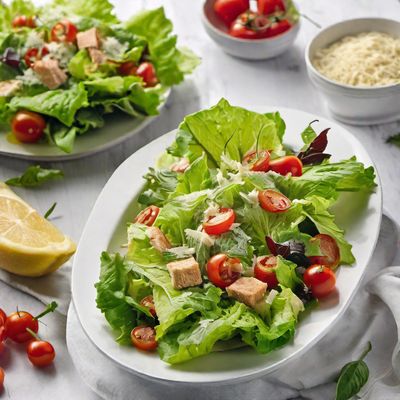
Nouvelle Caesar Salad
Elevated Caesar Salad: A Modern Twist on a Classic

Crappit Heids with a Twist
Savoury Stuffed Fish Heads: A Modern Take on Crappit Heids

Buckwheat Blinis with a Twist
Savory Buckwheat Blinis: A Polish Delight with a Modern Twist
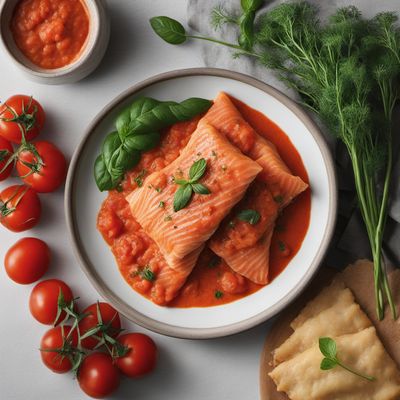
Homemade Salmon Ravioli with Creamy Tomato Sauce
Savory Delight: Creamy Salmon Ravioli in Tomato Elixir
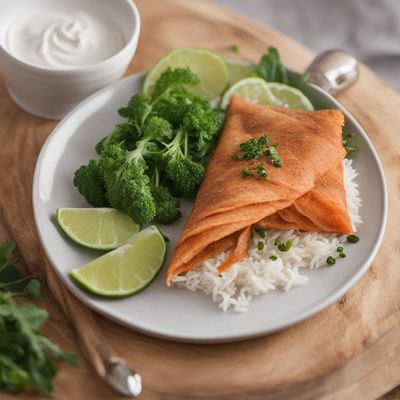
Tlingit-inspired Rava Dosa
Savory Tlingit Delight: Rava Dosa with a Native Twist

Finnish-style Crispy Kaak Warka
Crispy Finnish Delight: Kaak Warka with a Nordic Twist

Catalan-style Temarizushi
Mediterranean Fusion: Temarizushi with a Catalan Twist

Pacific Northwest Salmon Ravioli
Wild Salmon Delight: Pacific Northwest Ravioli
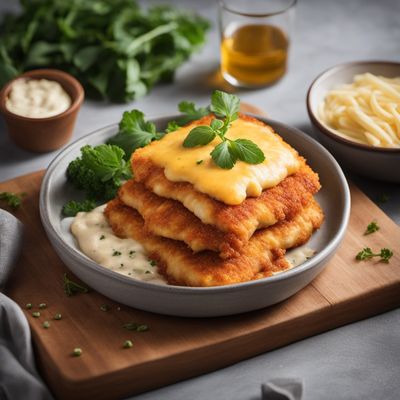
Parmo with a Twist
Crispy Chicken Parmo: A Modern Take on a British Classic
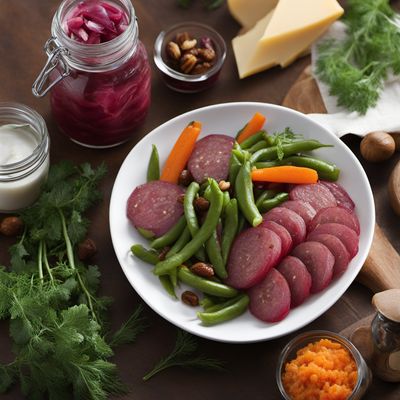
Rocky Mountain Fiambre
Mountain Harvest Salad: A Rocky Twist on Guatemalan Fiambre
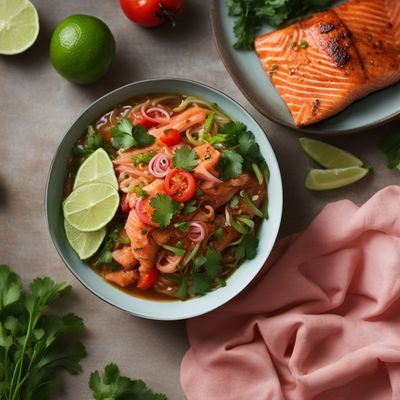
Lomi-Lomi Salmon
Tropical Delight Salmon Salad
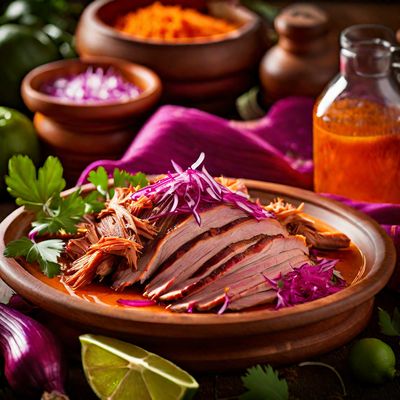
Cochinita Pibil - Russian Style
Russian-Inspired Slow-Roasted Pork with Aromatic Spices